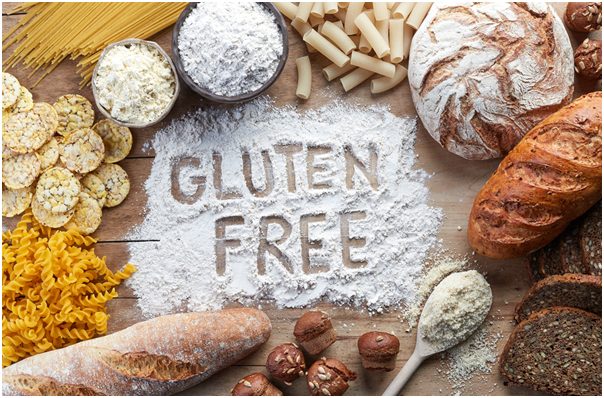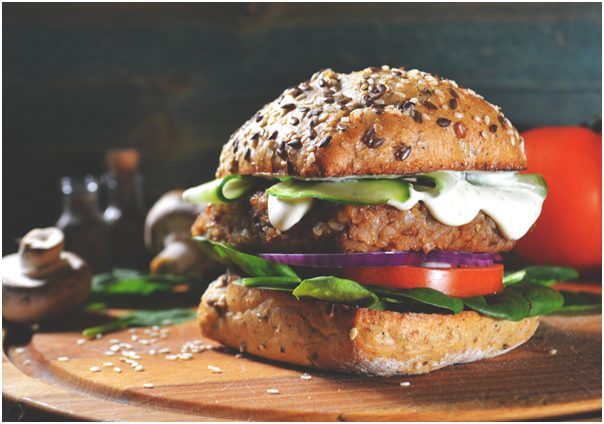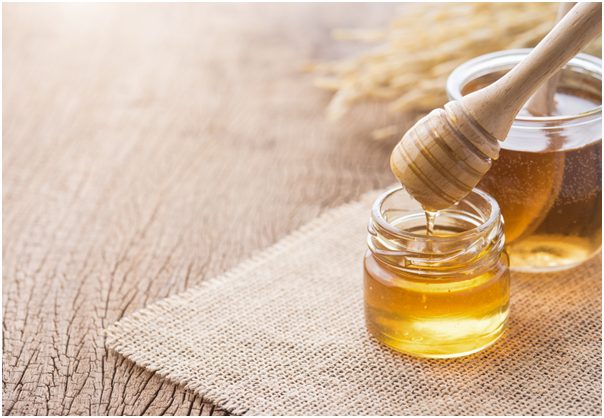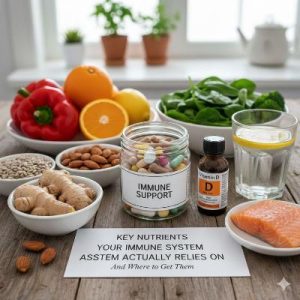Looking to eat food that tastes good and is good for you this year? It’s easier than ever thanks to the new products and information that come out about healthy living every year. If you’re ready to update your diet and start eating healthier, there’s never been a better time to do it than now. Here are eight good-for-you food decisions you can make this year:
1. Gut Health Enhancements
Not too long ago, the probiotic effects of yogurt were an afterthought rather than touted as a major benefit. Now food products that support your gut health are everywhere, and they go way beyond just yogurt: kombucha, tea, kefir, sauerkraut and more fermented products are all gaining traction. As people learn more about their gut health and how it’s tied to the immune system, they’re becoming more aware of the connection between what they eat and how their gut is doing. This focus on gut health is also prompting many people to tune into their gastrointestinal tract and experiment with diets that have been shown to relieve digestive issues, such as IBS meal plans. If you haven’t checked in on your gut health in a while, that’s an excellent goal for 2021.
2. Mocktails, Not Cocktails
First, the rise of hard seltzer found companies adding alcohol to traditionally sober beverages. Now, the reverse is happening with the rise of the mocktail. Many of these alternative beverages are designed to look and taste like they contain alcohol, but they don’t, making them not just non-alcoholic but also lower calorie. Whether you’re trying to cut back on alcohol consumption or are looking for a soda replacement, these mocktails won’t feel out of place at a party and will help you get in a festive mood without impairing your faculties. Expect to see more of these at your local grocery store alongside the beer and wine.

3. Wheat Alternatives
Gluten-free diets aren’t a fad. They’re here to stay. Even people who aren’t officially gluten intolerant often find that they feel better when they reduce the refined carbs they are eating and replace them with more whole grains instead. When it comes to baking, there are more wheat alternatives than ever, including coconut flour, almond flour, rice flour and more. Packaged foods are also getting the gluten-free treatment, with chips, crackers, breads and other traditionally wheat-based products being made with these other ingredients. If you’d like to eat less wheat food in the coming year, then you’ve got a plethora of alternatives to choose from.
4. More Protein Products
Rice and grains aren’t the only things being used to make chips and crackers. You’ll also see packaged foods being made from chickpeas, black beans and other pulses, upping the protein content in addition to reducing the gluten. You might also see more unusual protein sources, including crickets, begin to show up on shelves. Many of these changes are driven by a desire to get away from industrialized meat products and find protein alternatives that take a smaller toll on the earth. Expect to see more and more of these protein-focused snacks as we get farther into 2021.

5. Plant-Based Foods
Speaking of protein alternatives, plant-based meat alternatives are everywhere these days — even Burger King sells them now! Everything from burger patties to chicken nuggets to sausage links are available in plant-based vegan and vegetarian form. While these products are still processed, they are a great option for dedicated carnivores looking to experiment with a more plant-based lifestyle, or for vegans and vegetarians who want to be able to participate in summer grilling season. These products can also help you transition into a more meatless lifestyle if jumping straight into vegetarianism is a bit too cold turkey for you (pun intended).
6. Clean Eating Approaches
Staple clean eating diets such as keto, paleo and Whole30 are here to stay, and new ones pop up each year, too. Even people who don’t commit fully to these diets are making a conscious effort to incorporate more raw and natural foods into their diet and to eliminate processed foods full of additives and chemicals. Remember that you don’t have to strictly follow a diet to start eating healthier, and that these diets may not work for you if you already have other restrictions — for instance, it’s hard to go keto if you’re also trying to follow a low-FODMAP meal plan for IBS. (Learn more about what FODMAP is.)

7. Natural Sugar Alternatives
For a long time, artificial sweeteners such as Splenda were hailed as the holy grail replacements for white and brown sugar. But over the years, many people have sought to reduce the number of chemicals in their diets, which includes artificial sweeteners. Now, many people are exploring natural sugar alternatives that are less processed, including honey, agave, molasses and maple syrup, all of which are less harmful than regular sugar. If you’ve been using white sugar to sweeten everything from your morning coffee to your baking, then consider exploring one of these natural alternatives this year.
8. Healthy Ready-to-Heat Meals
Before, “healthy” and “pre-packaged” foods were diametrically opposed to one another. Either you cooked something healthy from scratch, or you heated up a convenient but unhealthy frozen meal packed with refined carbs, fats, sodium and added sugars. Thankfully, healthy foods have slowly but surely begun to take over the frozen foods aisle, and now you can find convenient options for busy nights that aren’t completely terrible for your body. If you have dietary restrictions, such as a lactose or gluten intolerance, then you’ll find more pre-packaged foods that fit your needs than ever before.
It’s never too late to start eating healthier, and now it’s easier than ever. Try one or more of these eight ideas to start eating healthier.
For More Interesting Articles Visit: Pitty Things






